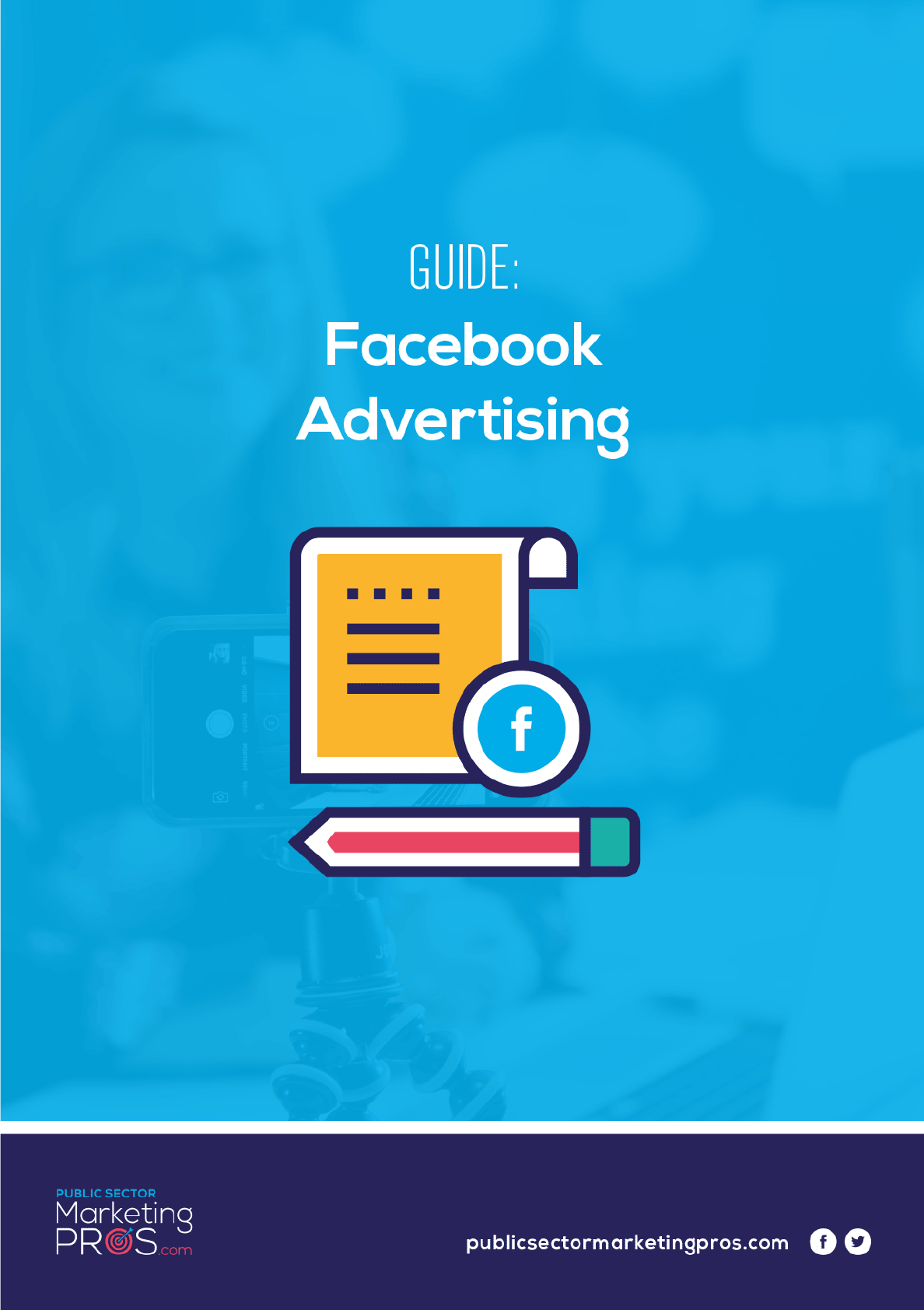
2
Table of Contents
Takeaways
J
............................................................................................................. 3
Facebook Campaign Roadmap ................................................................................ 3
Facebook Campaign Strategy .................................................................................. 4
Facebook Campaign Mission Statement ............................................................................. 4
Sample Facebook Campaign Goals .................................................................................... 4
How Long Is Your Campaign Going To Last? ..................................................................... 5
What’s Your Budget? ........................................................................................................... 5
Segment Your Audiences .................................................................................................... 5
Writing for Facebook ................................................................................................ 8
Content for my audience ................................................................................................... 10
Multi-Media Content For Facebook Ad Campaigns ............................................. 12
Set Up Business Manager ................................................................................................. 12
Facebook Ad Best Practices ............................................................................................. 12
Placement .......................................................................................................................... 13
Audience Network ............................................................................................................. 13
Facebook Ad Formats ....................................................................................................... 14
Building your Facebook Ad Campaign ................................................................. 19
Choose Campaign Objective ............................................................................................. 19
Sample Facebook Ad Campaign ....................................................................................... 20
Measuring Success ................................................................................................. 22

3
“Facebook helps you broadcast your messages at
scale. But its true value centres on public
conversations and engagement.”
Takeaways
J
Your voice matters online
The media tell your story, but you need to own and tell your own
Facebook Campaign Roadmap
ü Goals
ü Duration
ü Budget
ü Target Audience/s
ü Storytelling tips on Facebook
ü Key messages
ü Multi-media content
ü Facebook tactics & tools
ü Building the ads
ü Landing Page
ü Measurement
Facebook
Campaign
Roadmap
Launching
Facebook Ad
Campaigns
Analysing Results
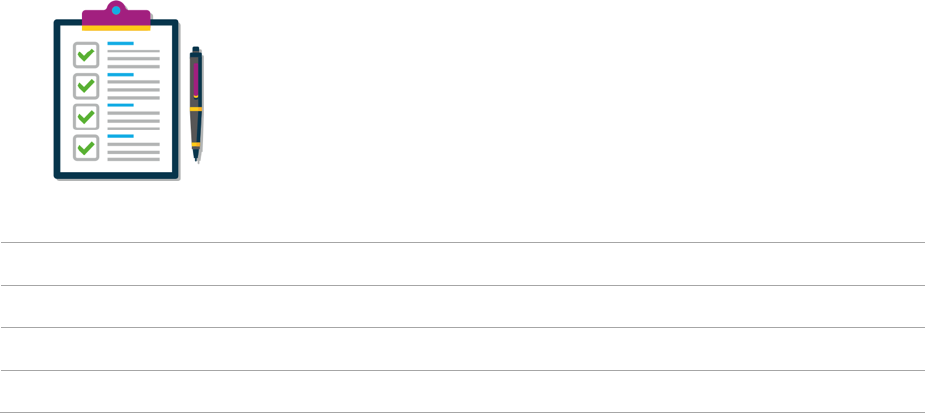
4
Facebook Campaign Strategy
Your roadmap to success
Facebook Campaign Mission Statement
o We are using Facebook to engage with X audience.
o We are creating targeted messages tailored for them and using Facebook
ads to reach them.
o We will build up our story over 4 weeks to gain momentum and interest.
o We will monitor the campaign and iterate where necessary.
o We will measure Facebook reach, engagement and conversions.
o At the end of the campaign we will evaluate success and note the learnings.
Sample Facebook Campaign Goals
HERE ARE SOME EXAMPLES
ü Build awareness of our work in the Sligo/Leitrim by reaching 30,000 people in
our target group
ü Provide real-time and relevant information illustrating transparency by hosting
a monthly Facebook Live
ü Get 50 people to attend our ‘Young Minds Online’ workshop
TASK
Write down your Facebook Campaign goals
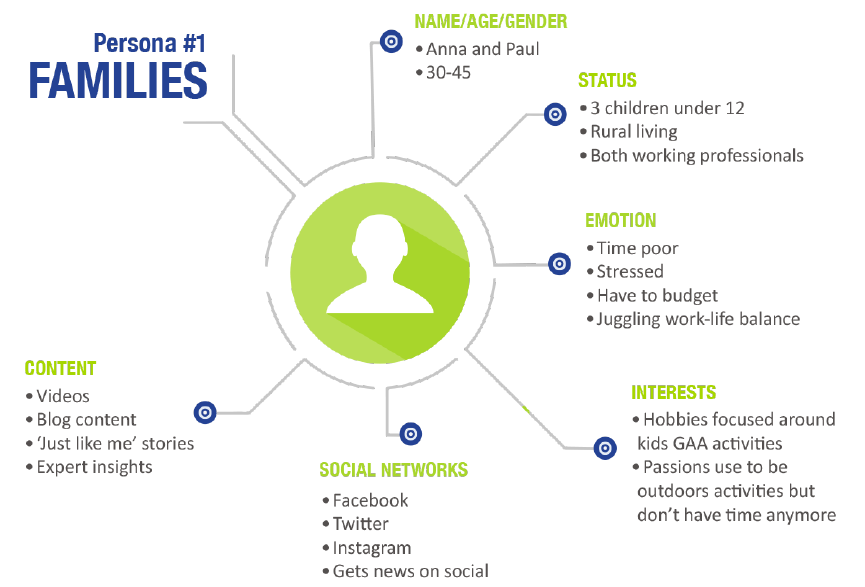
5
How Long Is Your Campaign Going To Last?
• Planning phase
• Launch date
• End date
• Reporting phase
What’s Your Budget?
ü How much are you going to spend on Facebook ads?
ü Are you going to hire in video / graphic design support?
Segment Your Audiences
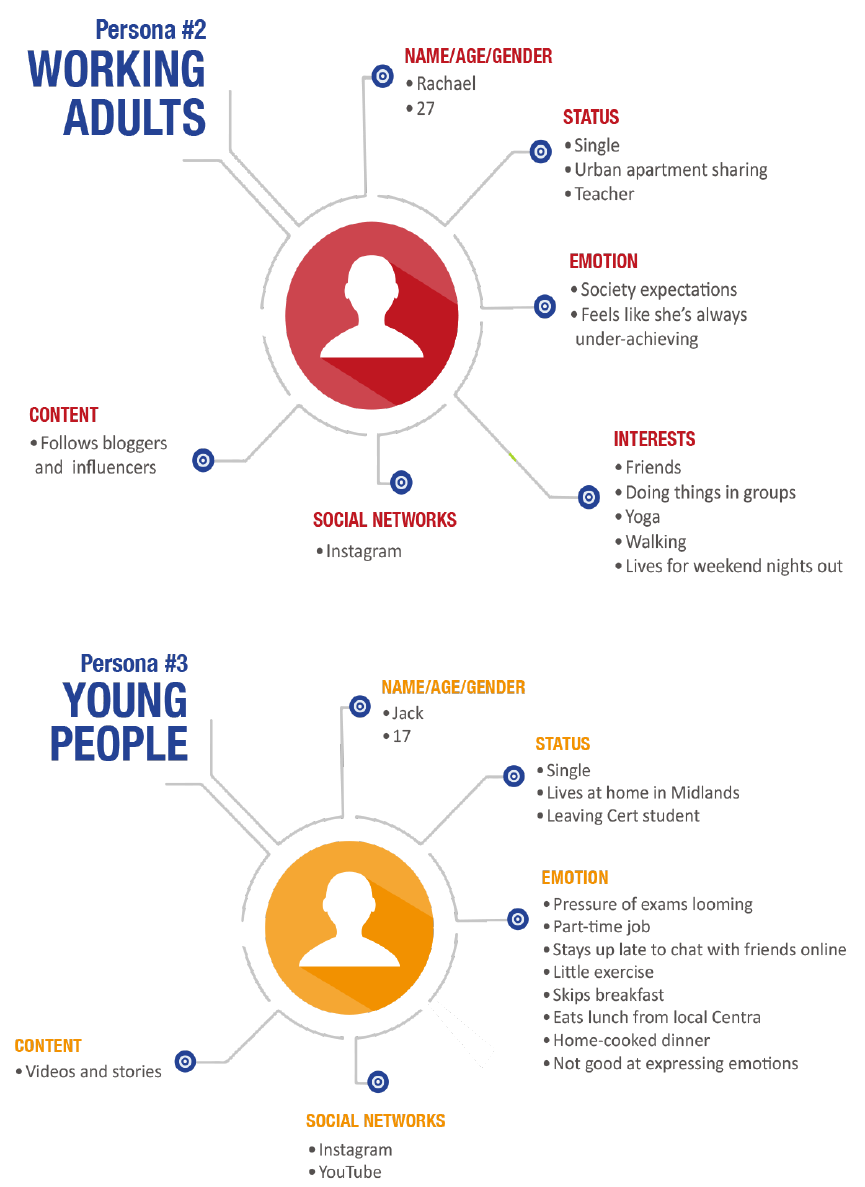
6
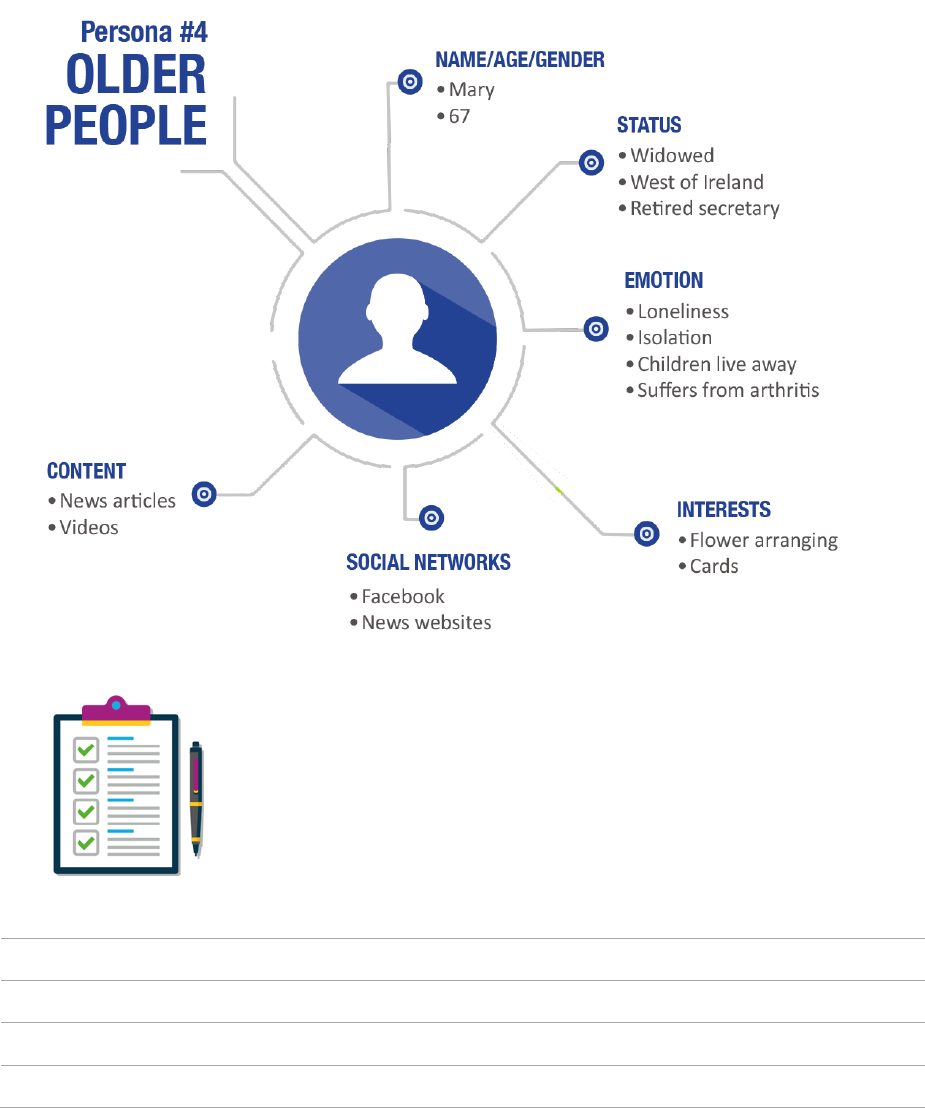
7
TASK
Write down your core audience/s you want to reach
for this campaign. Be specific – gender, age,
location, interests.
Followers V Likes – what Facebook says:
“Users on Facebook can choose to either, "like" a page and "follow", or choose to
"like" a page but not necessarily "follow" that page. By "following" a page, users will
see most of the Page's updates and posts directly on their timeline. Some choose to
"like" and not "follow" just as a show of support to the Page. When you "follow" but
not "like" a Page, you may see updates from the Page in your News Feed.”

8
Writing for Facebook
People engage with stories & ‘people like me’
TIP 1: Write good copy
In order to get your important social posts read, you need to think about what
you say and why you say it.
Perfect example!
TIP 2: Write for one person
You’ve already created your persona profiles and you know exactly who you
are talking to on social. But write copy for that one person and that person
only. This will help you focus in on them, their problem and your solution.
When you understand your audience
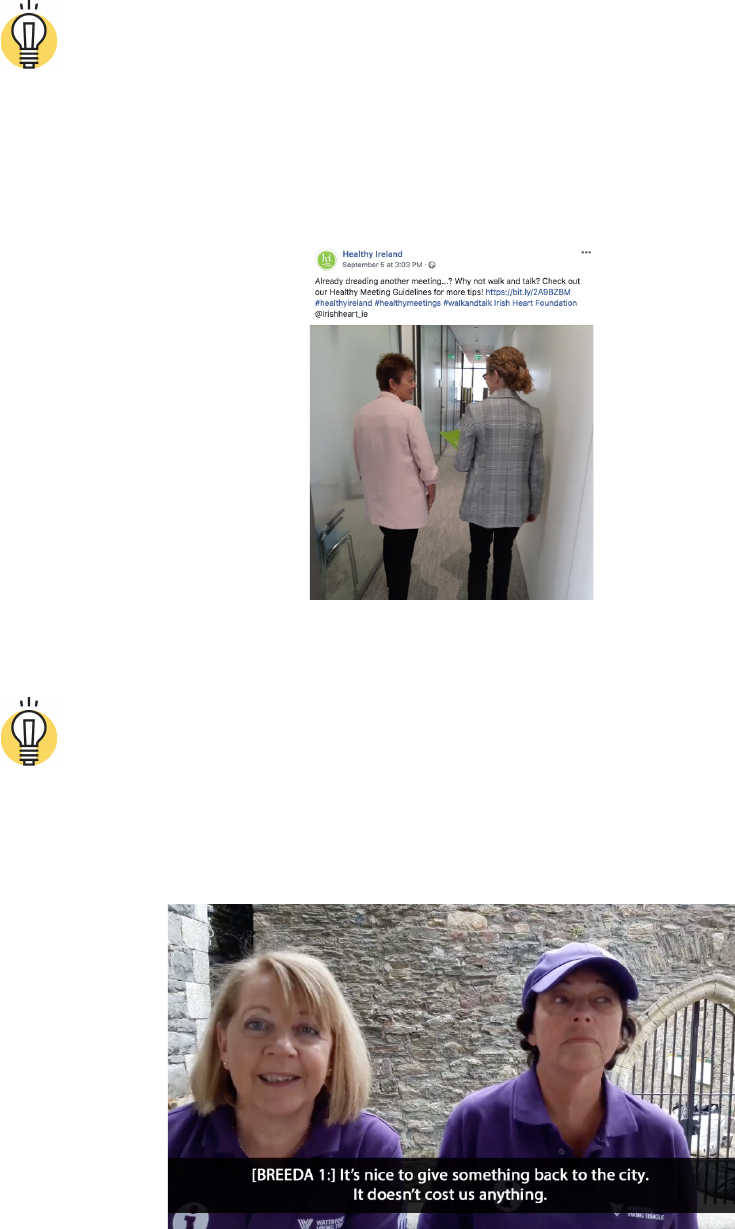
9
TIP 3: Tell a story
A story has a start, middle and an end, so be sure
to have those three elements in your copy. Ask the question when you’ve
written your story: “Why would somebody care about this story?”
What’s next?
TIP 4: Visual storytelling
Real people get most engagement.
Photos, Gifs or videos
The two Breedas…bring us behind the scenes

10
TIP 5: Link to a landing page
Social media is like the starters of a meal, but the main meal should be on
your website. Have a dedicated landing page where people can go and find
out more.
Social triggers interest, but sometimes we want to read more
Content for my audience
“Your content needs to be about your audience not
all about you”
Key Messages
Write down your core campaign messages.
You have to plan, write and then tell your story.
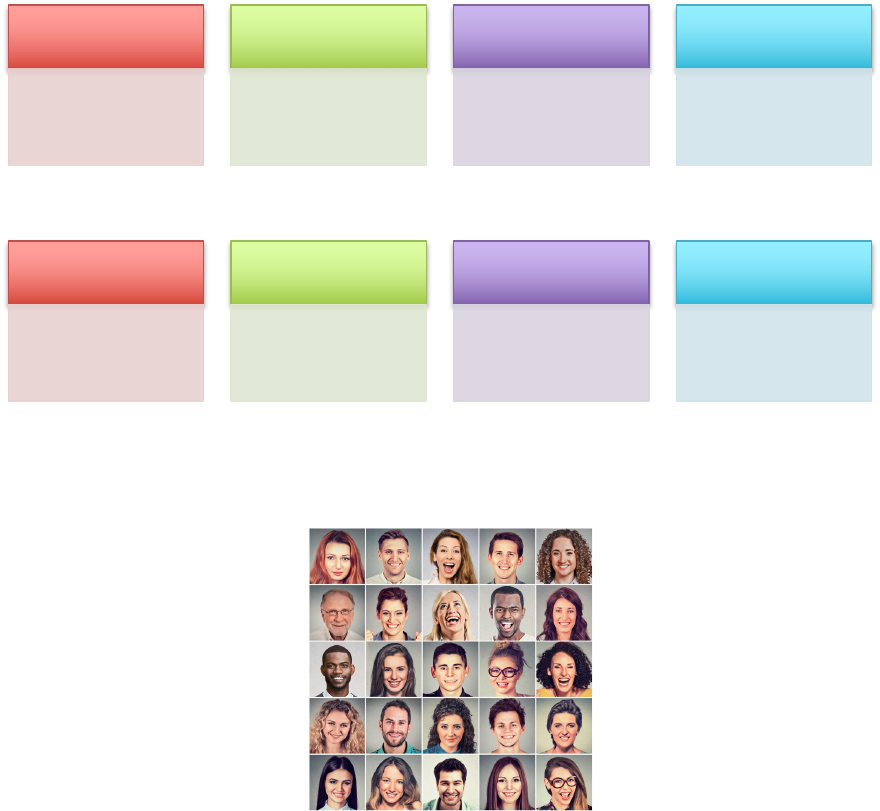
11
Who is the face of your campaign?
Storytelling on social by adding the human touch
o Show the people behind the organisation to build trust
o Let your audience feel a connection i.e. Tusla understands me/my problems
o People connect with faces not logos
o Going front of screen pays off
o Tell stories, don’t sell your message
o Engage don’t just broadcast
Honesty Box | Discussion
How do you feel about creating content for Facebook?
Audience
• Add here
Awareness
• Add here
Engagement
• Add here
Conversion
• Add here
Story part #1
• Add here
Story part #2
• Add here
Story Part #3
• Add here
Story Part #4
• Add here

12
Multi-Media Content For Facebook Ad Campaigns
Set Up Business Manager
1. Go to business.facebook.com.
2. Click Create Account.
3. Enter a name for your business, select the primary Page and enter your name
and work email address.
4. Note: If you don't yet have a Page for your business, create one.
5. Move through the rest of the onboarding flow by entering the rest of the
required fields.
6. Learn how to add people to Business Manager.
Facebook Ad Best Practices
1. Visual: Visual content is not only treated more favourably in the Facebook
algorithm. It's also more likely to be shared and remembered than written
content.
2. Relevant: Relevance is critical for success when using Facebook advertising.
Remember, you are spending money when someone views or clicks on your
ad (depending on the settings you use). If you're showing ads that aren't
relevant to your target audience, you're wasting your time and money and will
likely not see success with any kind of advertising. Your ads get a relevance
score between 1-10, the higher the score, the more relevant your ad is.
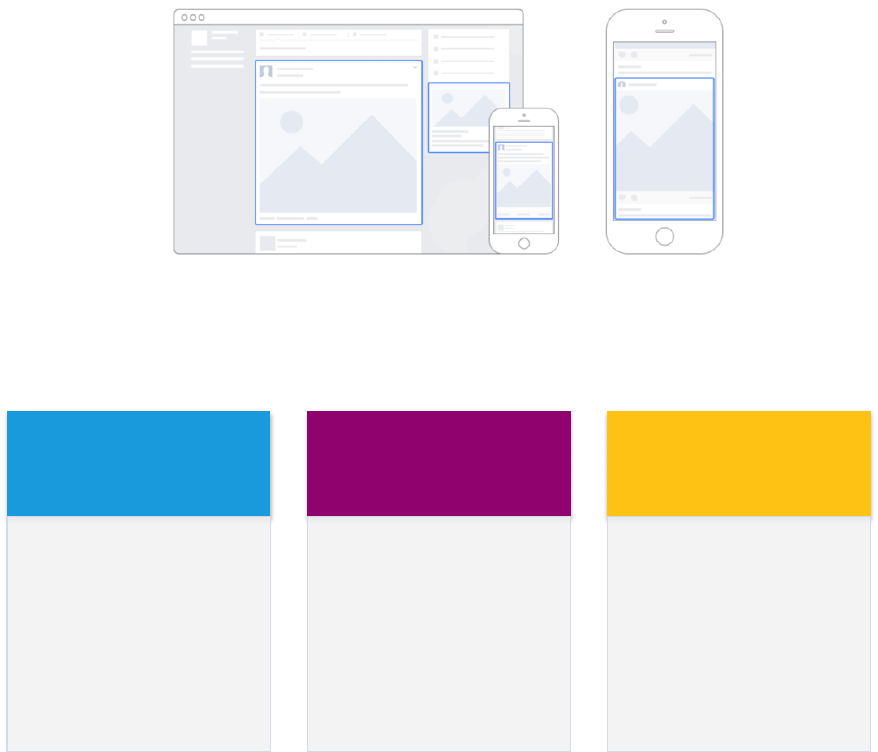
13
3. Value: A value proposition tells the reader why they should click on your ad to
learn more about your product. How is your product or service different from
any other? Why should the viewer click on your ad to see your website?
4. Clear call-to-action: Add a CTA like “Register now and save your seat.” or
”Registration ends in 24 hours” and add a sense of urgency to your audience.
Your CTA should encourage people to click on your ad now.
Placement
When you create your ads, you have the option of letting Facebook show your ads in
places where they're likely to perform best or manually choosing where you show
your ads
Audience Network
Facebook
• Feeds
• Groups
• Right Column
• Instant Articles
• In-Stream Video
Instagram
• Feeds
• Stories
Messenger
• Sponsored
Messages
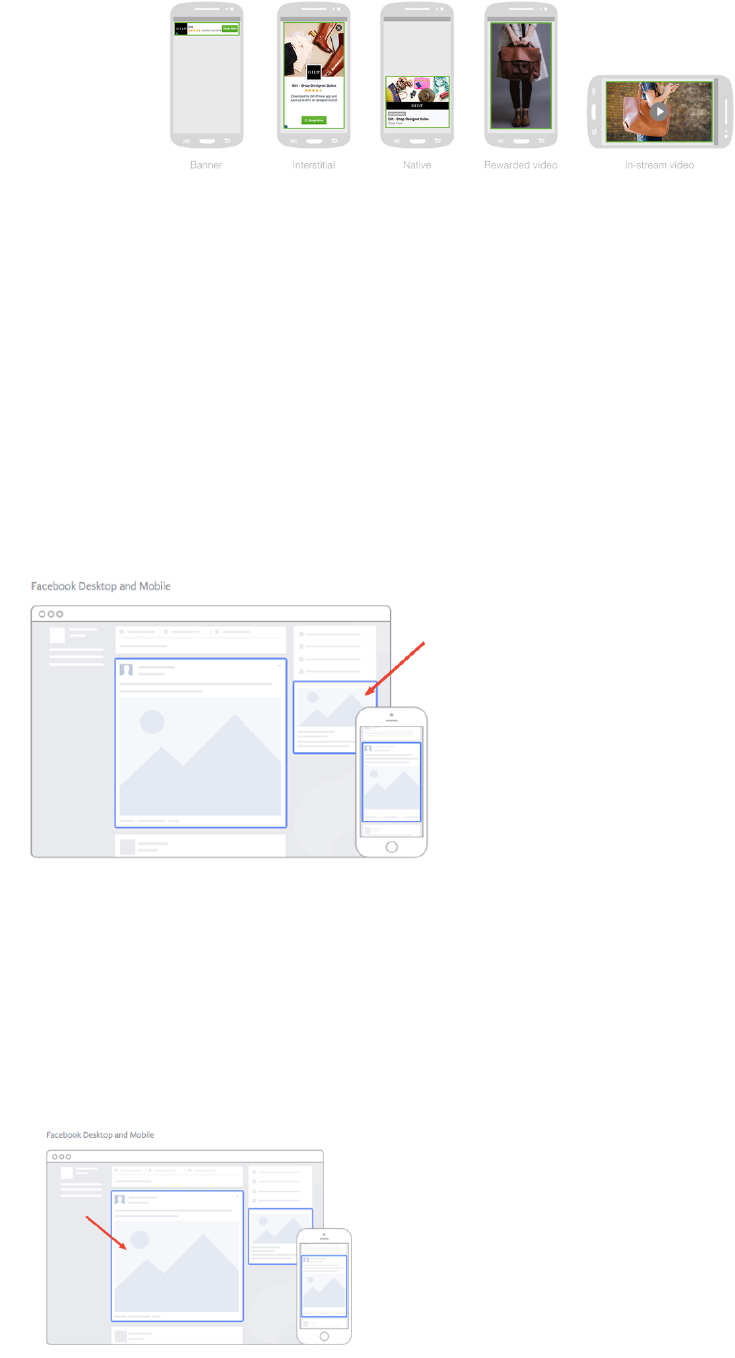
14
Your ads appear on apps and websites in the Audience Network. With Audience
Network, you can extend your ads beyond Facebook to reach your audiences on
mobile apps and websites, desktop websites and connected TV apps.
Facebook Ad Formats
Format 1: The Right Column Ad
appears on the right side of a user's Facebook News Feed
Format 2: The Desktop News Feed Ad
appears directly in a user's News Feed when they access Facebook on a desktop
computer, and it looks more like native advertising – these ads have higher
engagement rates that right column ads
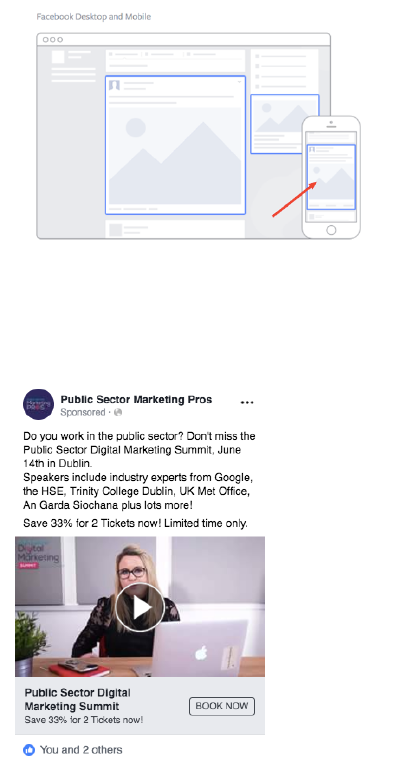
15
Format 3: The Mobile News Feed Ad
Like the desktop News Feed ad, this type of ad appears in the user's mobile News
Feed and displays like an organic post from the people and Pages they follow.
Template 1: Video Ad
Did you know there are 8 billion videos being watched on Facebook every day?
Template 2: Photo Ad
The optimal size for News Feed photo ads is 1200x628 pixels, otherwise your image
will get cropped. Adjust your image based on the target audience's needs and by
what will appeal to them the most.
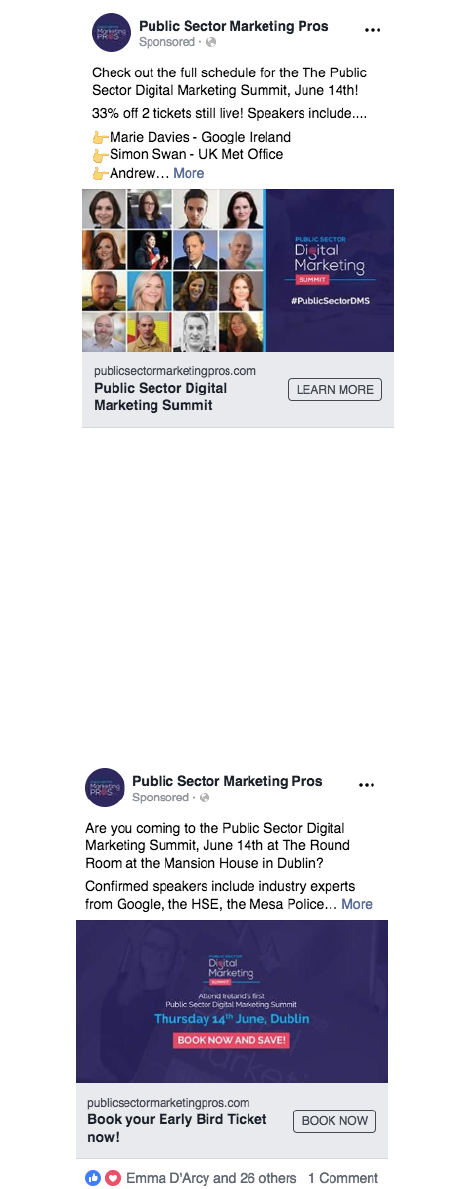
16
Template 3: Reach Ad
Reach ads on Facebook are designed for to grow your local awareness. They only
work if your organisation has a physical location to which you're trying to drive real
foot traffic or if you have an event. If you fall into this category, locally targeted
Facebook ads might be a great fit for you, as you can hyper-target on Facebook
down to the mile.
Template 4: Offer Ad
An offer ad is a form of Facebook advertising wherein a business can promote a
discount on a product or service that can be redeemed on Facebook. The benefit of
this? It eliminates one step in the buyer's journey, which ultimately increases sales.
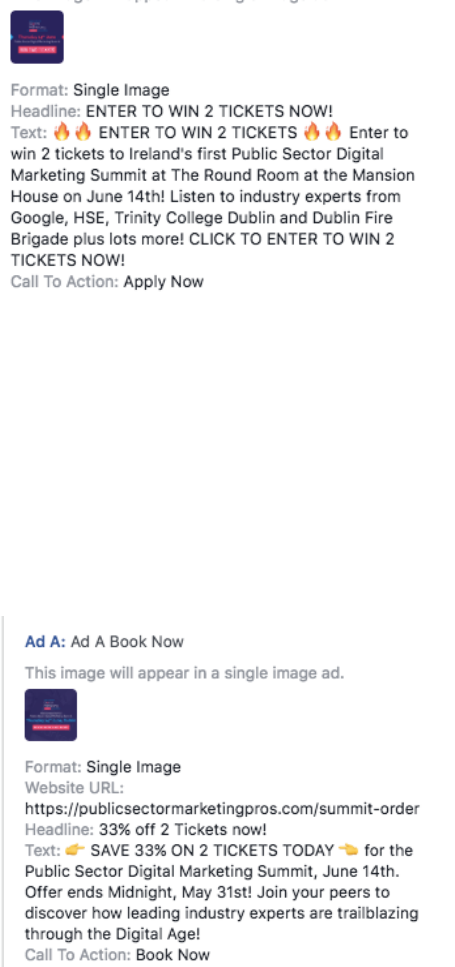
17
Template 5: Event Ad
Event ads promote a specific event. The CTA on these ads usually send users
directly to the ticket purchase page, wherever that happens to be hosted. Using this
type of ad will help drive a targeted group of people to attend your event. These will
show up in the News Feed of the specific audience you've chosen.
Template 6: Boosted Ad
A boosted post is an organic Facebook post that was originally on the homepage of
a company's Facebook, and that later was boosted with advertising money.
This is different from the above ads because it's not created in the Facebook Ads
Manager. You can include more in the description, as there is no limit to word count
on boosted posts like there is in ads. You can also have a link in the copy.
18
The cons? Boosted posts leave you fewer options for bidding, targeting, and pricing.
You also cannot run any types of A/B tests because you're promoting a post that has
already been created; you're not creating one from scratch.
Template 7: Re-Targeting Ad
• A retargeting ad promotes an ad to a specific list of previously identified
people. Have you ever seen ads follow you across the Internet after visiting a
certain website? Then you've seen a retargeting ad.
• Facebook has the same capability. You can advertise to a list of leads or
customers by uploading a list of email addresses you already to make a
custom audience. A good retargeting ad acknowledges that the brand knows
you're already interested in its product.
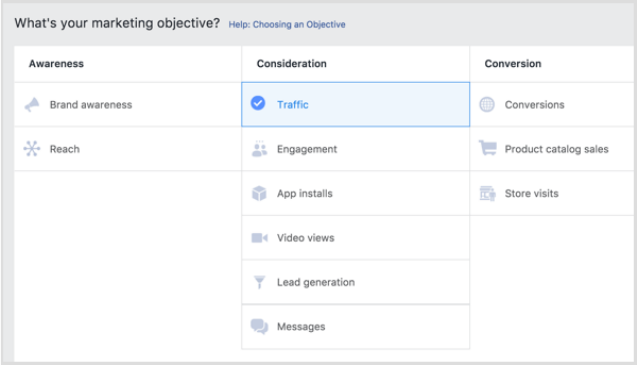
19
Building your Facebook Ad Campaign
In Facebook Ads Manager, click Create Campaign or Create Ad,
and choose your campaign objective.
Choose Campaign Objective
ü Awareness: Objectives that generate interest in your work.
ü Consideration: Objectives that get people to start thinking about your
campaigns/projects and look for more information about your content, work,
and events.
ü Conversions: Objectives that encourage people to take action.
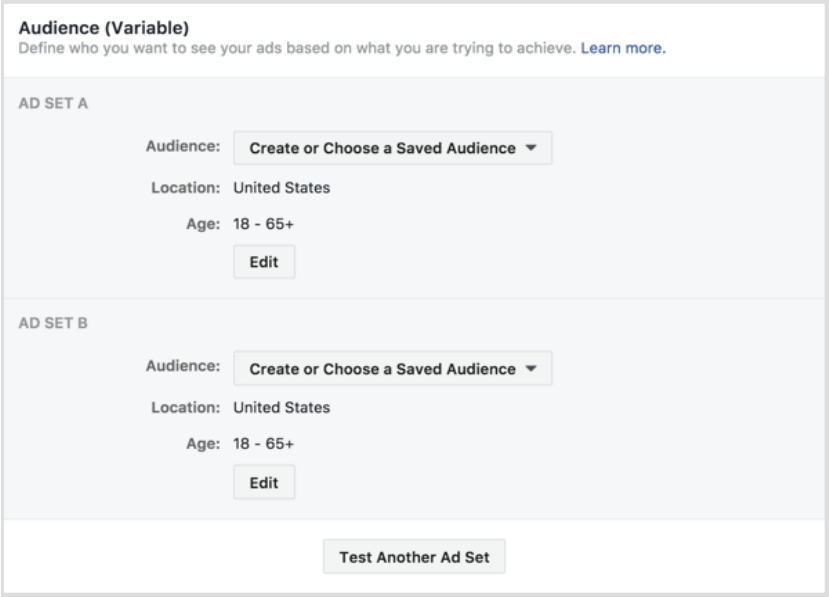
20
Sample Facebook Ad Campaign
ü Trigger Approach
This approach builds up trust, awareness and interest before getting your
audience to take action. It uses a drip-feed storytelling method of building up
to your call to action (CTA).
ü Ad Campaign Goal
Build up a warm audience of young people, currently engaged with your work
and who could be considered possible attendees at your next event.
Ad Campaign #1 – Awareness
• Message: Did you know that one in 1 in 150 children in Ireland will need the
support services provided by Tusla?
• Media: Image of child aged 5 hugging a teddy.
• CTA: Contact us if your family needs non-judgemental and confidential
support?
• Targeting: 25-50 year olds, (Sligo/Leitrim)

21
Ad Campaign #2 – Engagement
• Message: All families need support
• Media: 60-second video
• CTA: Sign-up for our families first programme
• Targeting: 25-50 year olds, (Sligo/Leitrim)
Ad Campaign #3 – Conversion
• Message: Did you know there’s a Child and Family Support Network near
you?
• Media: Web link with featured photo of a group of women at a meeting
• CTA: Sign up for updates
• Targeting: 25-50 year olds, (Sligo/Leitrim)
Ask yourself after each campaign ends:
‘What worked? What do I know now that I didn’t know before? What
might I do differently next time?’
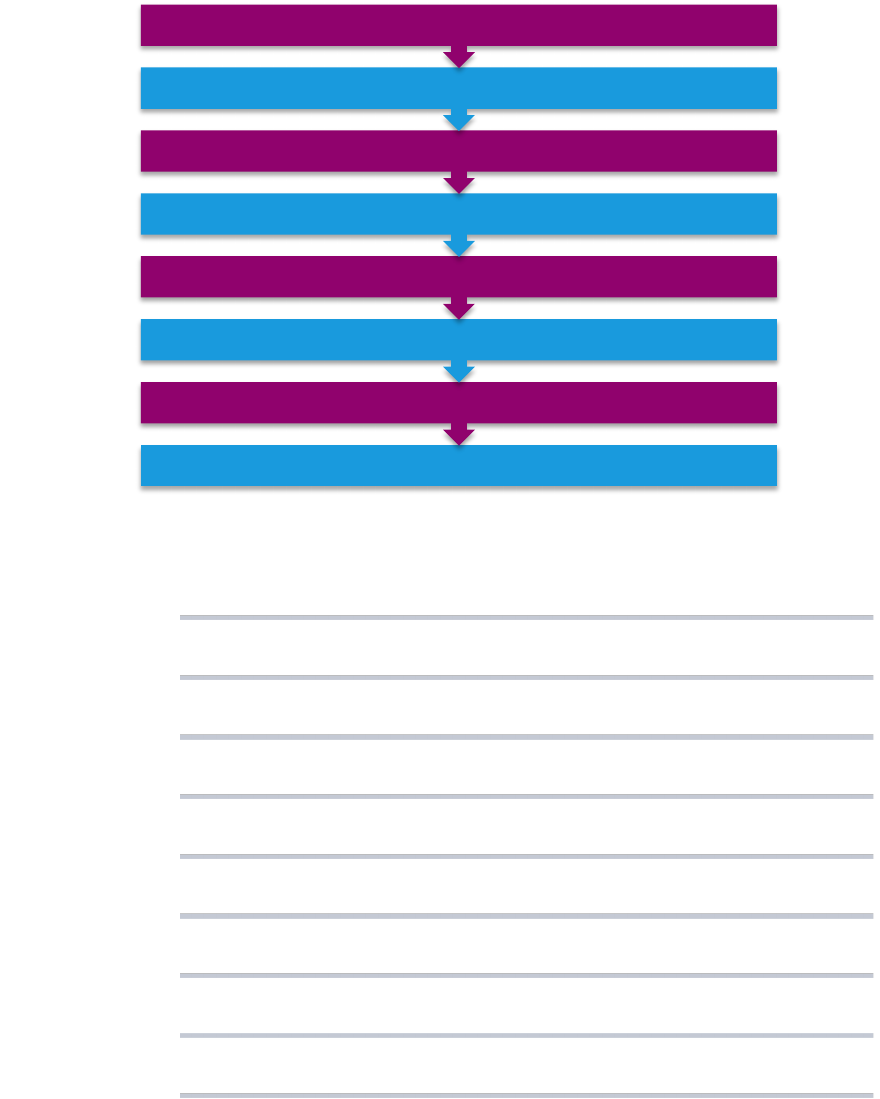
22
Measuring Success
The success of your Facebook ad campaign will depend on what your initial goal
was. However, here are the metrics that matter when evaluating Facebook ad
success.
Relevance Score
Frequency
CPA
CTR
CPC
Reach
Engagement
Conversions
Conversions
traffic to a website landing page as a result of your audience to taking an
action on your website
Engagement how many interactions your ad has had i.e. reactions, clicks, views, link
clicks
Reach
how many people have seen your ad.
Video Views video views of 3, 10, 30 seconds
CPC (cost per link click) - the cost of an average click from your ad to your
website.
CTR
(click through rate) the percentage of people that have clicked on your
website, after seeing your ad.
CPA cost per acquisition is the cost of acquiring a new fan? Voter? Subscriber?
This metric will be measured against your own ‘voter’ KPI’s
Frequency
the number of times each person in your audience has seen your ad, on
average.
Relevance
Score
the relevance of your content and messaging to your target audience

23
JSB’s TOP TIP:
After your ad receives 500 impressions, you'll get a relevance score between one
and ten. Ten means that your advert is highly relevant to your audience, while a
score of one would mean that your advert isn't very relevant to your audience. If you
have a low relevance score, try updating your audience or changing your
advert's creative to be more appealing to the audience that you've targeted.
Question:
What do you notice about this Facebook ad campaign report?
This screenshot shows that the frequency of the ad campaign was 10 but the
relevance score was 1.
Optimal frequency is three to four, because your ad becomes ineffective after you
serve it to the same audience more than five times.
Caution! A high frequency rate may result in your ads being hidden.
JSB’s TOP TIP:
To find the tipping point for your own ads, monitor the Relevancy Score for each ad.
You can also request that Facebook optimises the ad frequency for a single delivery
option: website clicks, impressions, or daily unique reach.
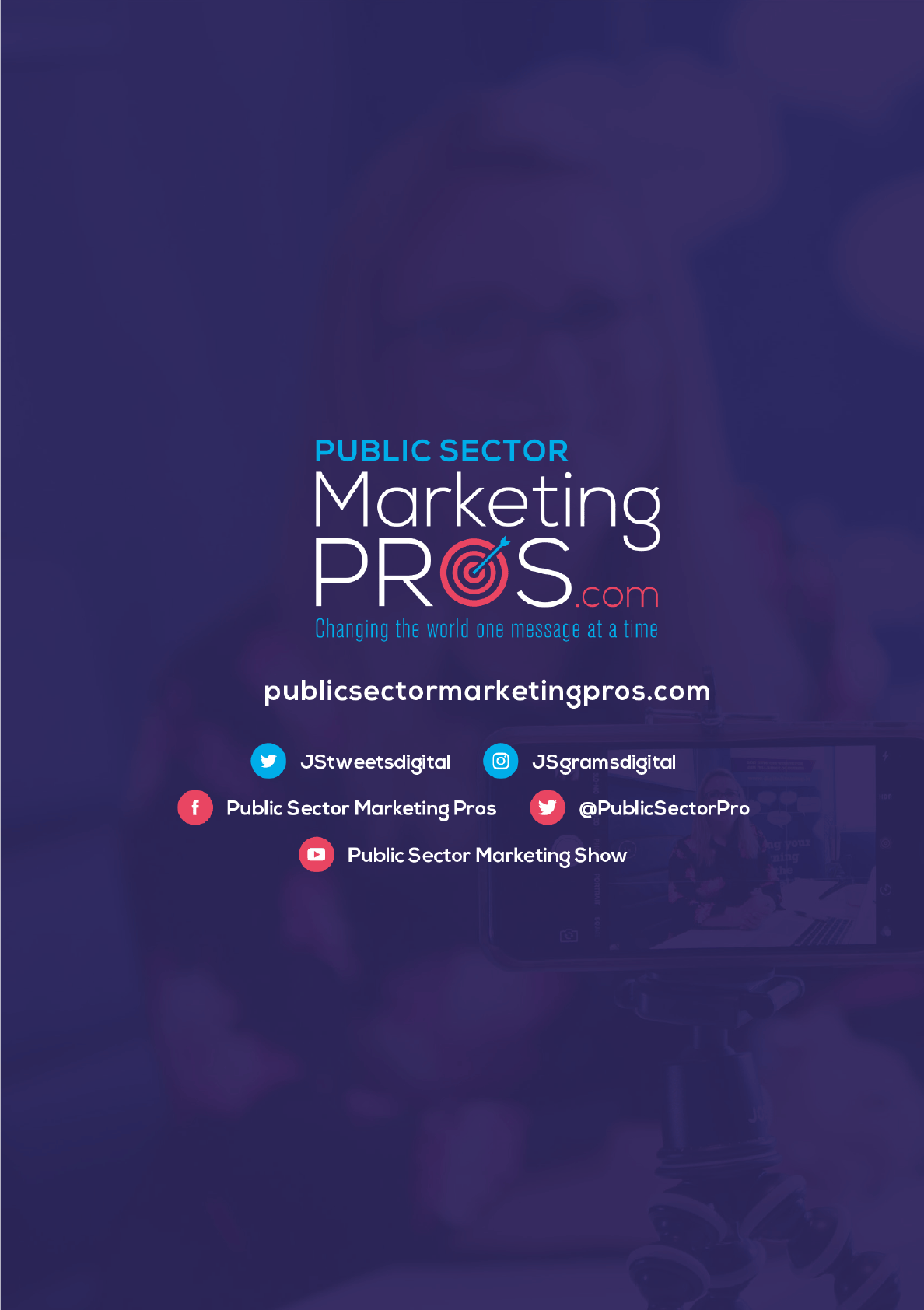
24
